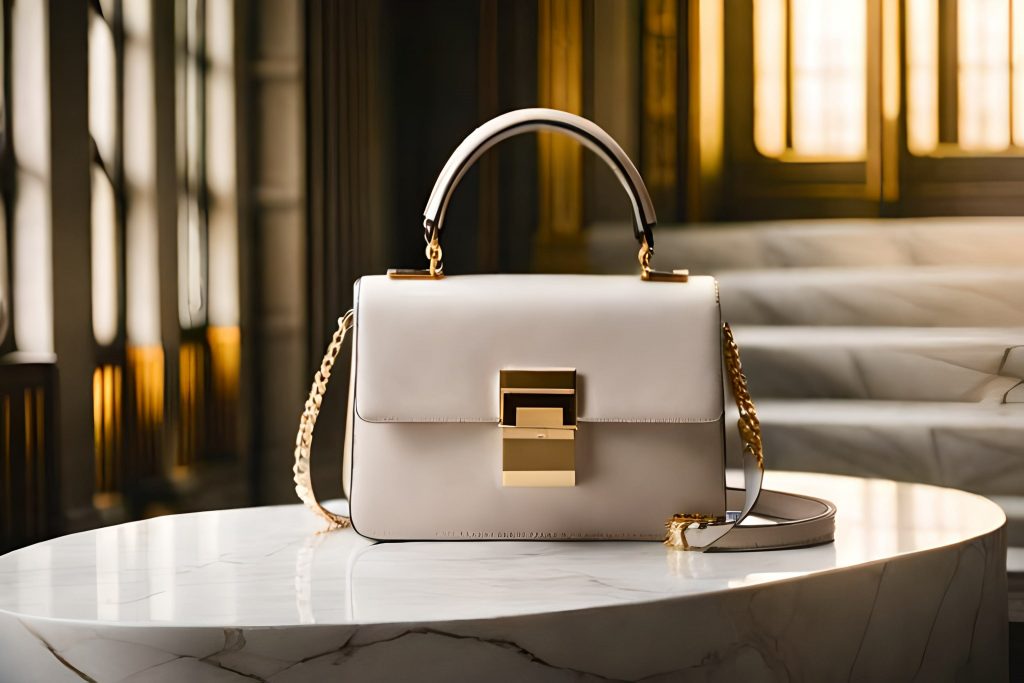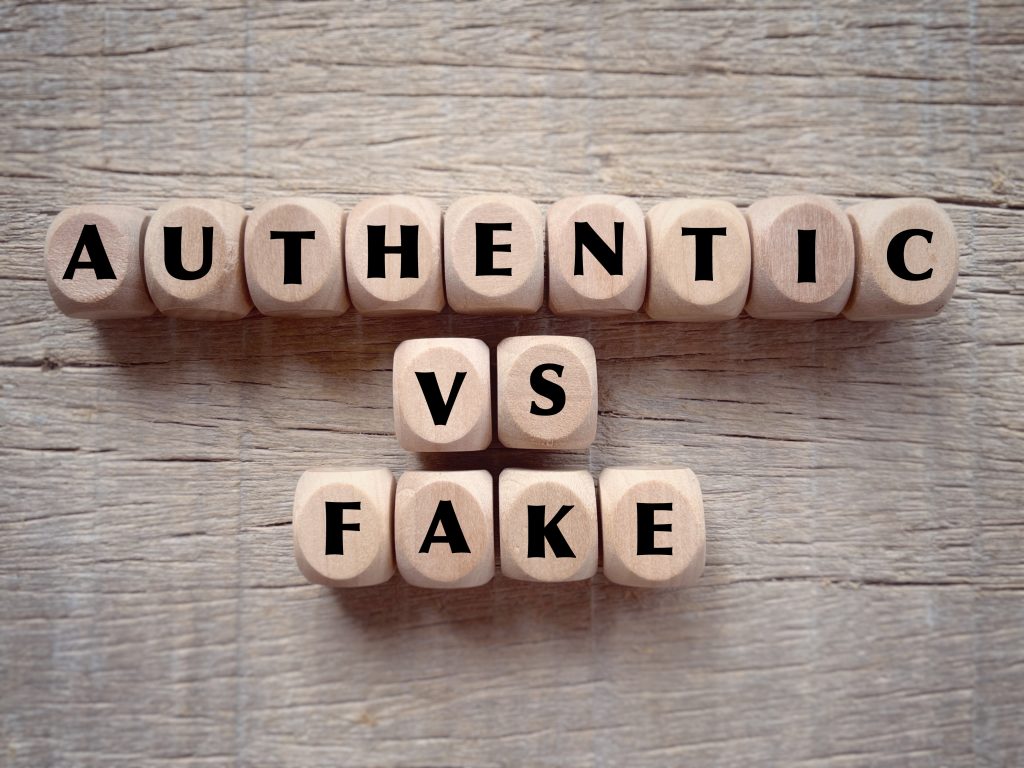How To Spot Fake Designer Handbags
Designer handbags have long been symbols of status and style, but as their popularity rises, so does the production of counterfeit products. Fake designer handbags are often sold at enticing prices, tempting buyers seeking luxury on a budget. However, falling for these replica handbags can mean sacrificing quality and supporting an illegal market that hurts both consumers and authentic brands.

Spotting the difference between authentic and fake luxury handbags can be challenging, especially with counterfeits improving in appearance. Many fake designer bags mimic high-end details like logos and stitching, making it harder for buyers to tell them apart. Knowing how to identify a genuine piece not only saves you money but also ensures that you’re getting a product with lasting value and quality.
This article shares top tips on how to distinguish authentic signature bags from fake ones effectively. Keep reading to learn more.
1 – Examine the Details Closely
When shopping for designer bags, especially when browsing online or looking for handbags Singapore shops offer, keep an eye on every little detail. Luxury handbags are known for their painstaking craftsmanship, so stitching, hardware, and even logo placement should look pristine. Replica handbags often need finer details, with uneven stitching or hardware that feels lightweight and flimsy. Authentic brands invest heavily in high-quality materials and precise finishes, which counterfeit handbags simply can’t replicate.
2 – Check the Brand Logo and Font
Luxury brands are meticulous when it comes to logos, and they invest a lot of effort to make sure they’re consistent across every product. Counterfeit goods, on the other hand, often show irregularities in logo fonts, letter spacing, and even the size or thickness of the text. A close inspection of the logo can reveal fake designer handbags, as even minor discrepancies point to counterfeiting. Many fake luxury handbags fail in these areas since they’re manufactured quickly with less attention to detail.
3 – Inspect the Materials Used
One of the most prominent signs of a fake designer item is the quality of materials used. Luxury handbags are crafted with premium leather, high-quality fabrics, and heavy-duty hardware. Contrastingly, fake designer pieces typically feel lighter and may look plasticky or flimsy. The leather used on designer goods has a distinctive feel and smell, which counterfeit products rarely replicate. If the bag seems overly shiny or feels stiff, it’s likely a replica handbag.
4 – Pay Attention to the Price
If the price seems too good to be true, it probably is. Designer knockoffs are often sold at a fraction of the cost of genuine luxury handbags. When buying designer goods from unauthorized vendors, especially on social media platforms or resale websites, beware of listings that offer substantial discounts. Luxury bags retain their value and rarely go on significant sales, so if you come across a popular high-end bag priced well below market value, it could very well be a fake designer.

5 – Look for the Country of Origin
Another important aspect is the country of origin. Many top luxury brands manufacture their products in specific countries, such as France, Italy, or the U.S. For instance, some Louis Vuitton bags are crafted in France. In contrast, others might come from Spain or the U.S. Customs authorities, including Border Protection agents, who are trained to spot counterfeit products based on this information, especially with goods entering markets in New York and Hong Kong.
6 – Observe Packaging and Dust Bags
Designer brands go above and beyond in presenting their products, and packaging plays a huge role. Authentic designer bags come with well-crafted dust bags, tissue paper, and packaging that reflect the brand’s dedication to quality. Fake luxury handbags, on the other hand, often arrive in generic packaging or poorly designed dust bags. Authentic dust bags typically feature the brand’s logo and use high-quality fabric, unlike the cheap alternatives found with replica handbags.
7 – Verify Serial Numbers or Authentication Codes
Most designer brands include a unique serial number or authentication code in their handbags, which helps verify authenticity. When buying second-hand, request the serial number and check with the brand’s authentication service. Fake designer handbags often feature a random series of numbers or letters that don’t align with the brand’s coding structure. To avoid the mistake of spending your hard-earned money on counterfeit goods, always verify the authenticity of these codes.
8 – Spotting Fakes Through Social Media
Social media has become a popular platform for counterfeiters, with sellers showcasing fake designer handbags in carefully curated posts. Look for red flags such as vague descriptions, no return policy, or deals that seem too good to be true. Always be cautious when buying designer bags through social media and verify the seller’s credibility to avoid falling victim to counterfeit goods.
Conclusion
You must have a meticulous eye and sufficient knowledge of common counterfeit flaws to spot a fake designer handbag. Meanwhile, you can avoid buying counterfeit products altogether by purchasing only from credible sources and carefully inspecting logos, materials, and packaging. This attention to authenticity not only secures a quality piece but also supports the brands’ ongoing efforts to combat imitation goods.

